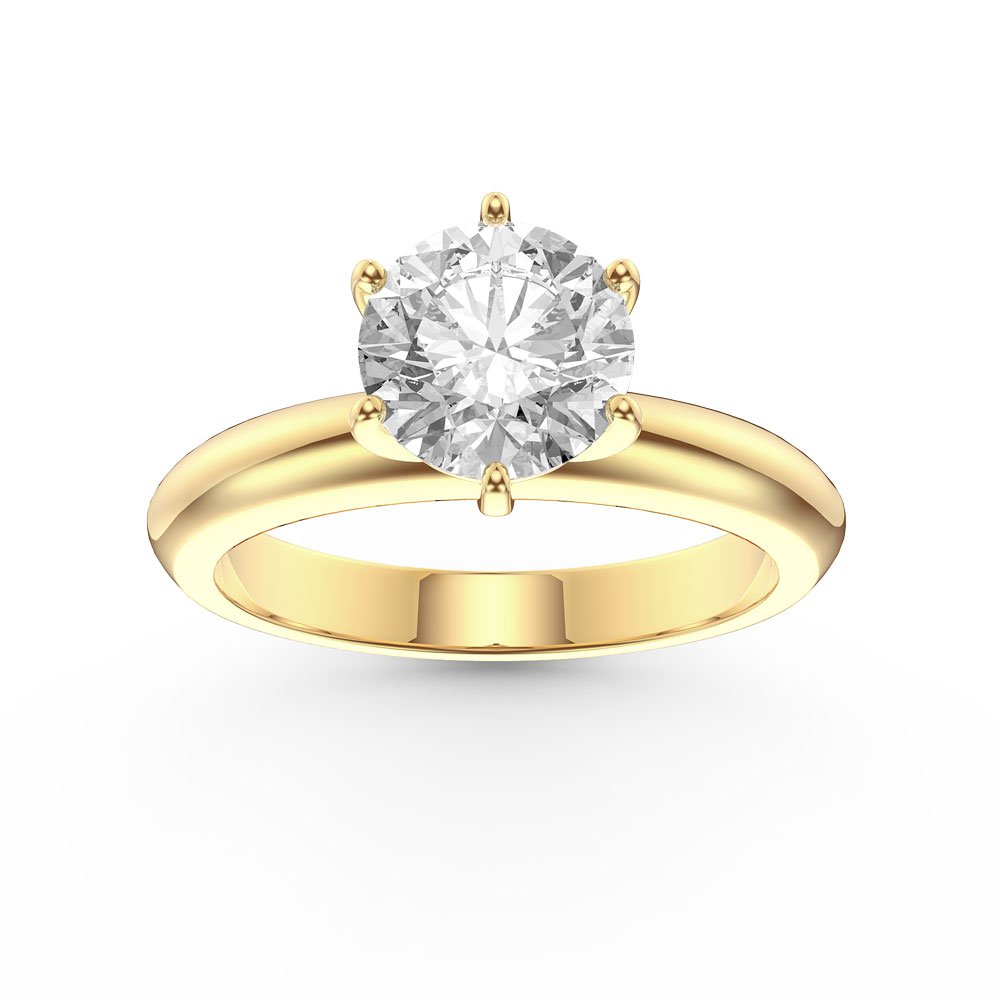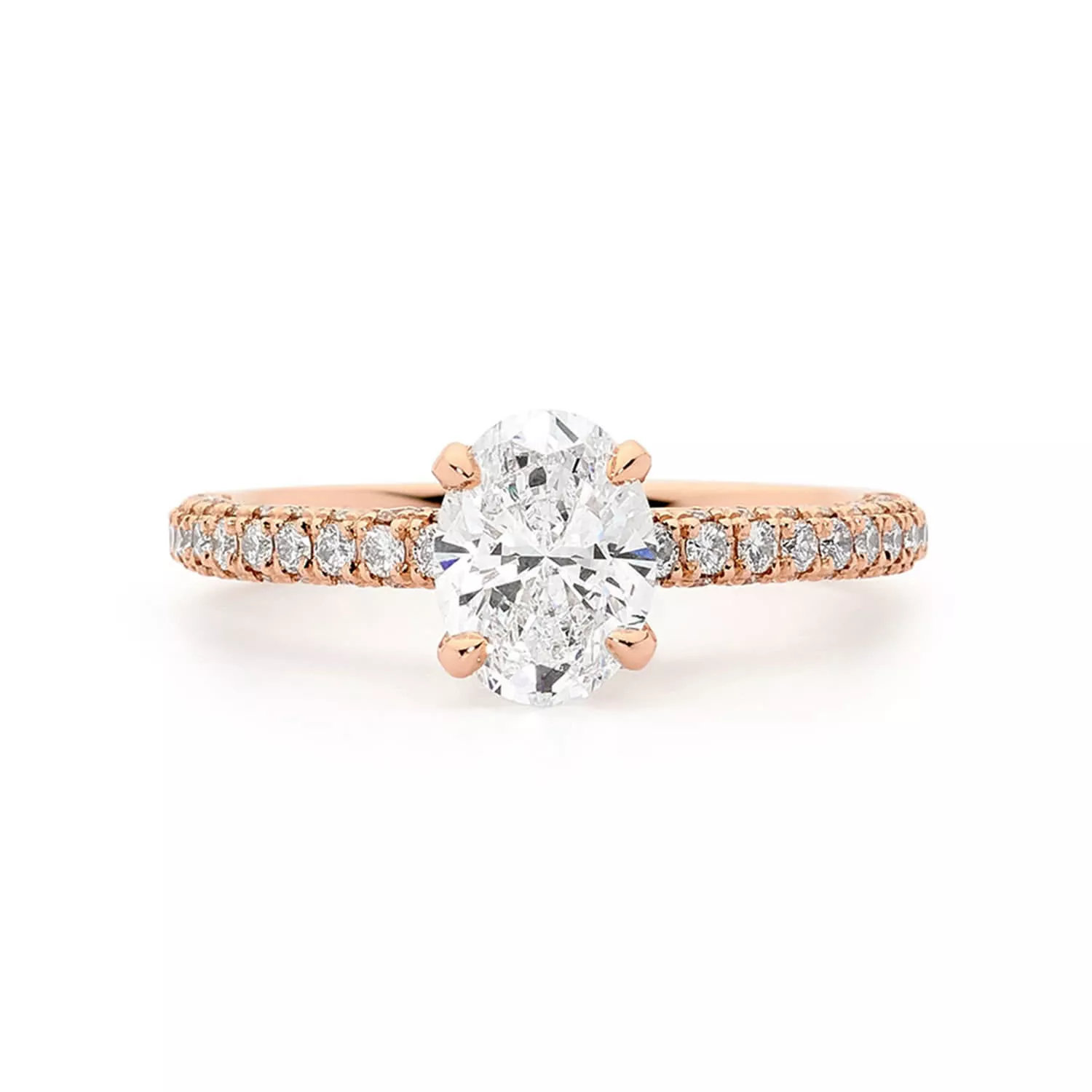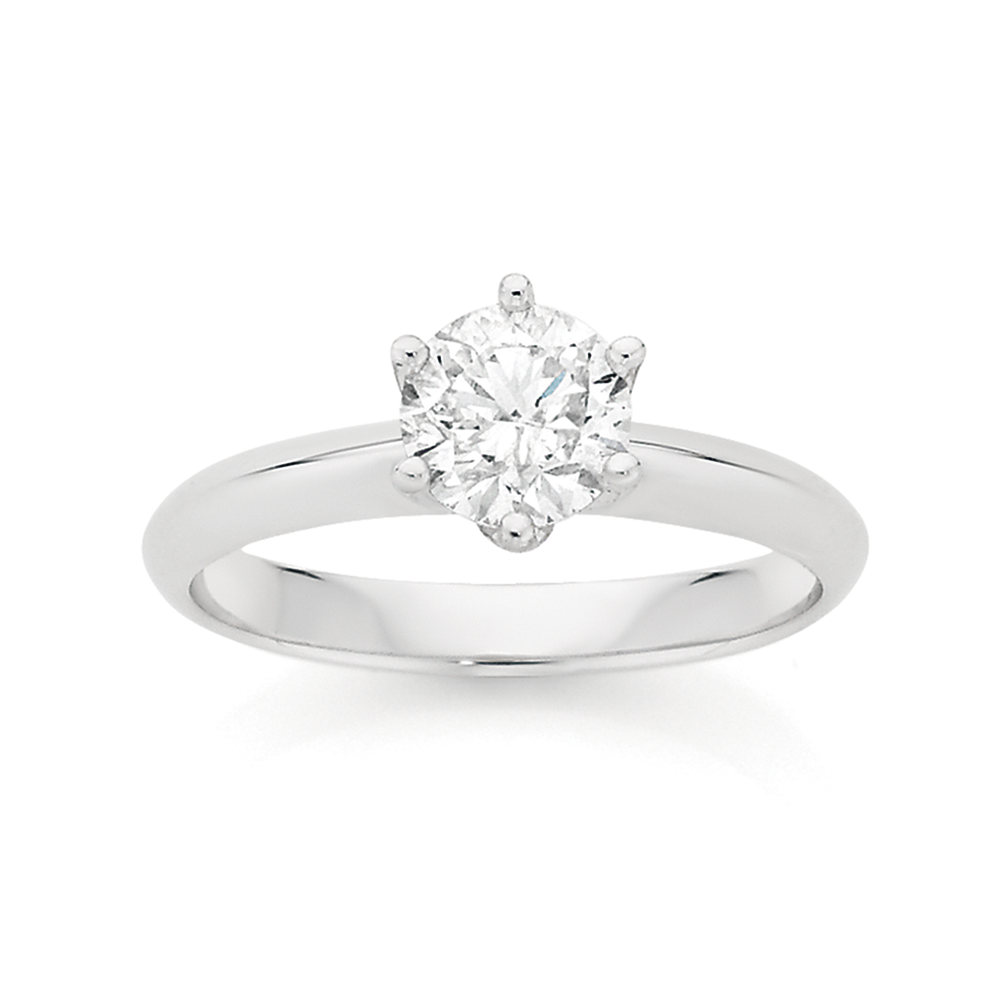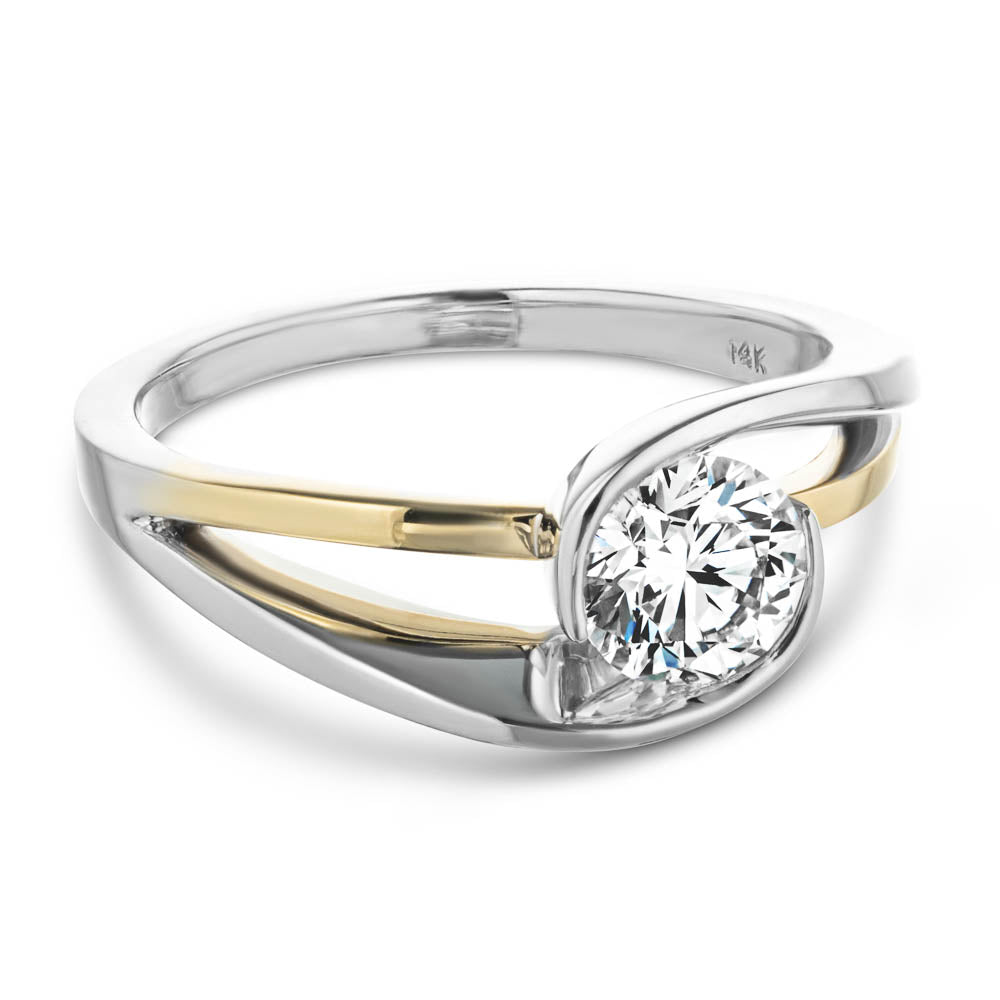The allure of fine jewellery is often underlined by the shimmer of the precious metals they are crafted from. Whether it's the dazzling glow from gold or the sophisticated sheen of platinum, each metal has its distinct charm. Choosing the right metal for your jewellery piece is not just a matter of aesthetics; it's also about personal style, value, and practical considerations. With this comprehensive guide, you’ll discover the precious metals of the highest repute, their unique traits, and how they might fit into your story.
Metals Used in Jewellery
Before we dig into the specifics, understanding the metals used in jewellery is crucial. Traditionally, jewellery designers and makers utilize several types of metals. These can be classified into three main categories:
- Precious Metals: Including gold, silver, and platinum, these are valuable because they are rare and beautiful.
- Alloys: Alloys are mixtures of metals that are generally more durable and less expensive than pure metals. Common jewellery alloys include 14k gold and 925 sterling silver.
- Base Metals: These are much more common and are more affordable. Jewellery made of base metals is often coated with a thin layer of precious metal to enhance its appearance and longevity.
The Variety of Precious Jewellery Metals
Here are the big contenders in the precious metals category, each with its own legacy of luxury.
Platinum

As a staple of elite jewellers, platinum represents a sense of exclusivity. Renowned for its purity, resilience, and its ability to retain its lustrous white sheen, platinum is often the choice for those looking for something that transcends trends. It's a durable metal, making it suitable for everyday wear, and it's naturally white, unlike white gold which needs rhodium plating to achieve that look.
18k Yellow Gold

The classic, the timeless...yellow gold is a favourite among the purists. Its warm, rich hue and historical significance make it a beloved choice that harmonizes perfectly with various gemstones. 18k gold, with its higher gold content, is softer and thus more malleable, which is perfect for intricate designs and vintage inspirations.
18k Rose Gold

A relatively modern take on gold, rose gold introduces an elegant blush into the metal's palette. Composed of gold, copper, and sometimes a bit of silver, this alloy adds a romantic, chic element to jewellery designs. Rose gold is often favoured for its ability to complement almost any skin tone.
18k White Gold

Literally, the cooler cousin of yellow gold, white gold offers the desirability of a white metal at a lesser price compared to platinum. Made by mixing yellow gold with white metal alloys such as palladium, nickel, or silver, and finally plated with rhodium to enhance its appearance, white gold is an excellent choice for its versatility and lustre.
Two-Tone

For those who can't choose between the warmth of yellow gold and the coolness of white gold, the two-tone option is a perfect solution. It's a playing field for contrast and creative expression, giving a piece visual interest and the ability to coordinate with a variety of jewellery.
The History of Gold Wedding Rings
Gold has always been treasured for its association with permanence and eternity, which makes it a natural choice for wedding bands. The exchange of gold rings as a symbol of lifelong commitment goes back centuries, with gold exuding warmth, richness, and the romantic patina of ages past.
Gold is Forever
Gold's resilience and ability to be passed down from generation to generation is a poignant representation of love enduring through time. Each scratch and mark from everyday wear contributes to the unique story of the couple's life together.
The Differences Between Gold
/closeup-of-big-gold-nugget-511603038-5ad92a97fa6bcc00362b919b.jpg)
Gold is the most sought-after metal for jewellery worldwide.
- It’s a soft metal, so it’s usually alloyed with other metals to enhance its strength.
- Gold alloys are categorized by karat:
- 24 Karat: 99.9% pure gold.
- 22 Karat: 91.7% pure gold.
- 18 Karat: 75% pure gold.
- 14 Karat: 58.3% pure gold.
- 10 Karat: 41.7% pure gold.
- Other gold variations include:
- Gold Vermeil: High-quality gold plated on sterling silver.
- Gold-plated: Thin layer of gold electroplated on metals like brass or steel.
- Gold-filled: Gold bonded to base metals, more durable than plating.
- White Gold: Made by mixing pure gold with metals like zinc, nickel, or platinum.
- Rose Gold: A reddish gold alloy combining gold and copper.
Why Choose 18k over 14k Gold?
While 14k gold is more durable due to its alloy content, which is particularly beneficial for people with active lifestyles, 18k gold's higher gold content means it has a richer, more vibrant colour. It's also the benchmark for luxury as it has the least chance of causing allergic reactions for those with sensitive skin.
18k Gold Makes for Longer Lasting Jewellery
Because of its high gold content, 18k gold is a great choice for a piece of jewellery that you'll wear for a very long time. It's mouldable and less prone to breakage, allowing for the creation of intricate designs that 14k gold wouldn't be able to handle as gracefully.
Other Benefits of 18k Gold
In addition to being easier on sensitive skin, 18k gold is also resistant to tarnish and doesn't corrode. This means that with proper care, an 18k gold piece can look as good as new for many years.
Is it Hypoallergenic?
The high percentage of gold in 18k gold jewellery makes it less likely to cause allergic reactions. Since it contains less of the allergen-triggering metals like nickel, it often serves as a hypoallergenic alternative, ensuring your comfort alongside its elegance.
How Easy is it to Resize?
18k gold's malleable nature means it's relatively easy to resize, a boon for those wanting to fine-tune their fit or pass down their treasures.
The Platinum Family
/GettyImages-dor75018979-56a133ac5f9b58b7d0bcfd73.jpg)
Platinum is an entirely different beast than its golden companions, presenting unique advantages and considerations.
Why Choose Platinum?
Platinum offers a rare combination of being both aesthetically and chemically inert, meaning it doesn't change colour or fade. It's also significantly denser than gold, so a platinum ring will be heavier and feel more substantial.
Platinum Vs. White Gold, Which is Better?
It ultimately comes down to personal preference and budget. While white gold provides a similar look at a more affordable price, platinum boasts a higher level of purity and durability.
Resizing Platinum Rings
Resizing a platinum ring is more labour-intensive and, as a result, more expensive than resizing a gold ring. This is due to the metal's higher melting point, which requires more skill and time to manipulate.
How Do I Choose?
Choosing between gold and platinum (or their variants) for your jewellery comes down to your lifestyle, aesthetic preferences, and budget. Consider factors like daily wear, sensitivity to metals, the permanence of your jewellery, and your long-term expectations for your pieces.
To Sum Things Up
When it comes to choosing the precious metals for your most treasured jewellery, taking the time to educate yourself can be as rewarding as the pieces themselves. Consider the investment you're making, not just in monetary terms, but in the story and symbolism that accompany a piece that's carefully chosen to reflect your inner shine.
Frequently Asked Questions
Is there a "best" precious metal for jewellery?
The "best" precious metal is subjective and depends on what you prioritise. Factors to consider include the metal's durability, colour, ease of maintenance, and cost. Platinum tends to be the most durable and has a distinct white colour, while gold offers a variety of colours and is often less expensive than platinum.
How do I take care of my precious metal jewellery?
Proper care of your precious metal jewellery can prolong its life and maintain its lustre. Use gentle jewellery cleaners and soft cloths for regular cleaning. Store each piece separately to avoid scratches, and periodically have your jeweller examine and clean your pieces to ensure that settings and prongs are secure.
Can precious metals be recycled?
Yes, precious metals can be recycled. Reputable jewellers and refiners often offer services to recycle old jewellery into new pieces. This is not only a sustainable practice but also a way to give new life to treasured materials.
